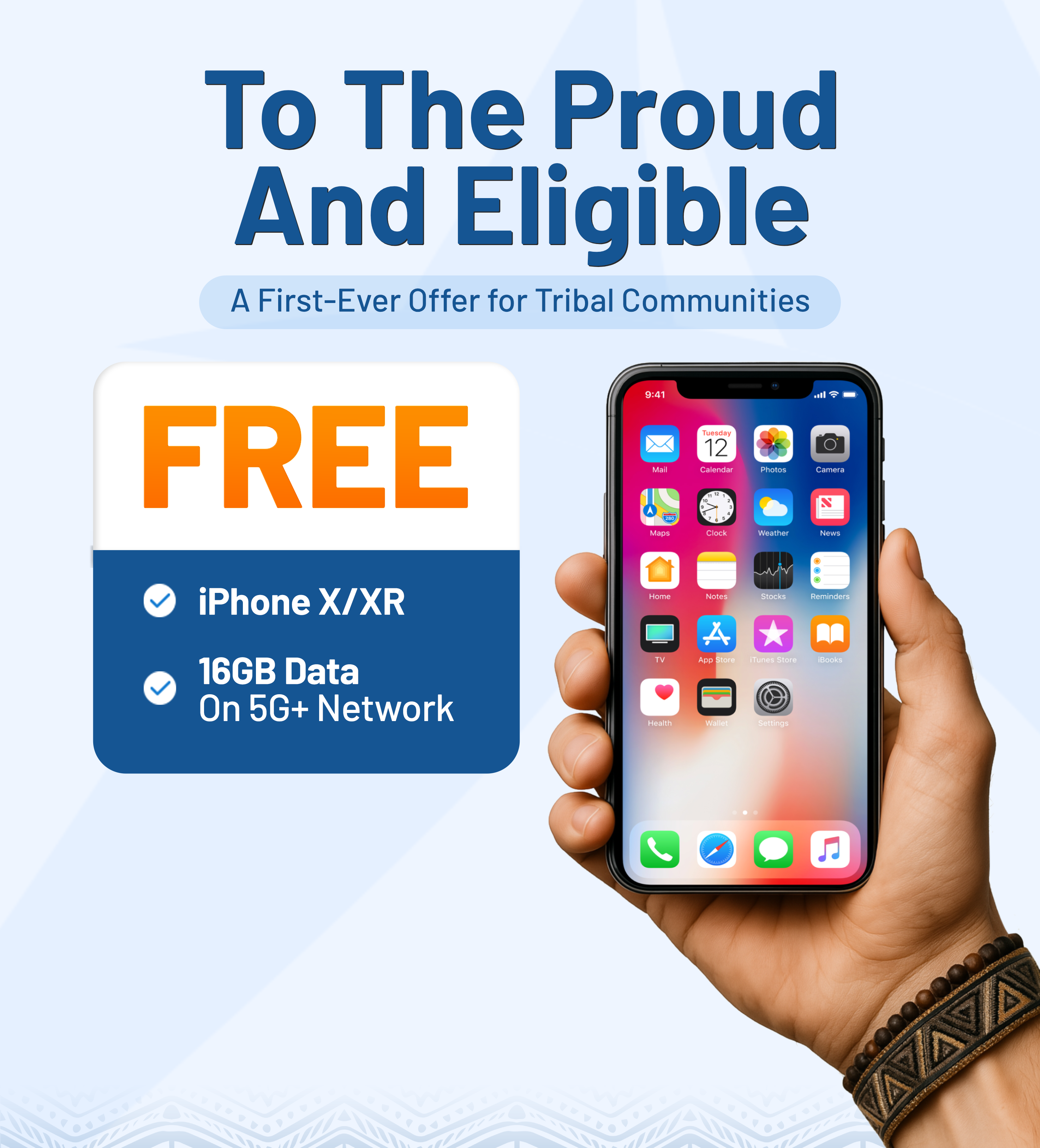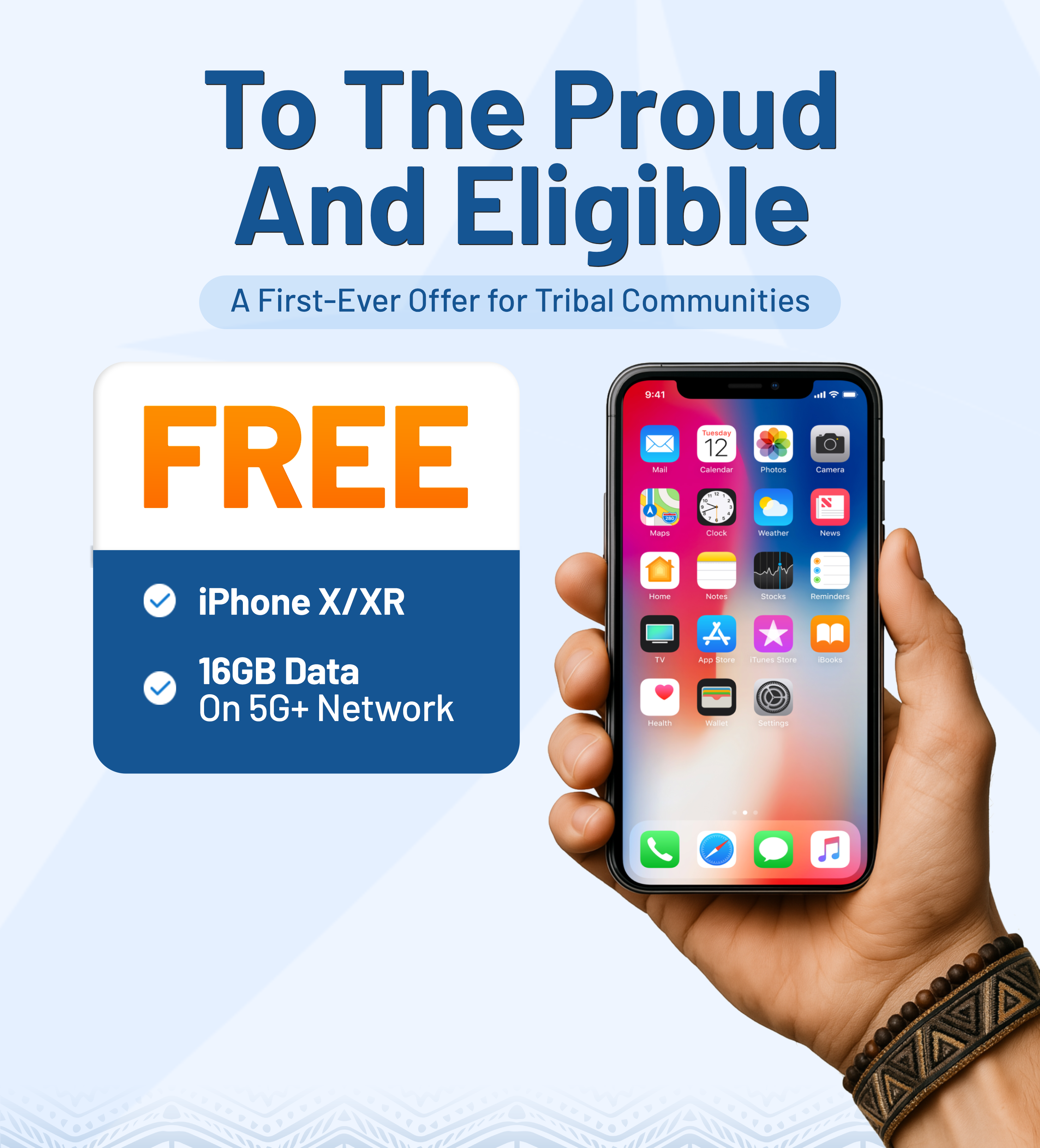What is the Emergency Broadband Benefit Program? The EBB program was a program during the COVID-19 pandemic. It helped thousands of Americans gain access to the internet and internet-connected devices. This program was put in place to assist students and those in need to stay connected to remote educational learning, doctors’ appointments, career opportunities, and their loved ones during the COVID-19 pandemic.
Although the EBB program has ended, another program called the Affordable Connectivity Program (ACP), was created in its place. As a reminder of what the EBB program offered in the past and how the program has progressed. Let’s review a few things about the EBB program.

What Is The Emergency Broadband Benefit Program?
The Emergency Broadband Benefit Program was a Federal Communications Commission (FCC) program. It offered qualified low-income households a temporary reduction on monthly broadband expenses. If a household was eligible, they could receive:
- Up to a $50/month discount on your broadband service and associated equipment rentals.
- Up to a $75/month discount if your household is on qualifying Tribal lands.
- A one-time discount of up to $100 for a laptop, tablet, or desktop computer (with a co-payment of more than $10 but less than $50).
Only one monthly service discount and one device discount were available per household. To receive the connected device discount, consumers needed to enroll in the EBB Program with a participating provider. This provider would offer connected devices (not all service providers offered device discounts). The service provider would then provide a discount to the consumer.

Is The EBB Program Still Available?
The Emergency Broadband Benefit initiative was replaced by Congress’s new program launch. It’s a long-term program with funding of $14.2 billion called the Affordable Connectivity Program. This program, launched on December 31, 2021, ensures that broadband affordability will be readily available to those individuals. They are people may otherwise be unable to afford the connections needed for work, school, health care, and other purposes.
Households enrolled in the Emergency Broadband Benefit Program as of December 31, 2021, would continue to receive their current monthly benefit during a 60-day transition period.
ACP -“The new EBB program” and what has changed:
- The maximum monthly benefit will change from $50 per month to $30 per month for households not located on qualifying Tribal lands. The monthly benefit will remain at $75 per month for households on qualifying Tribal lands.
- Households have new ways to qualify for the Affordable Connectivity Program. They receive WIC benefits and have an income at or below 200% of the Federal Poverty Guidelines.
- People, in this case, will need to requalify for the Affordable Connectivity Program: Most households that qualified for the Emergency Broadband Benefit due to a substantial loss of income as a result of a job loss or furlough since February 29, 2020. Besides, those who meet the eligibility criteria for a participating provider’s COVID-19 program also need to requalify.
- Benefit households would not have to take any action to continue receiving the new $30 monthly benefit after the transition period ends. Your service provider will contact you to let you know if you need to take any additional steps in order to continue receiving the ACP benefit.
- Households located on qualifying Tribal lands will continue to receive a $75 monthly benefit and will not need to take any action to continue receiving the Affordable Connectivity Program benefit.

Who Was Eligible for The Emergency Broadband Benefit Program?
The majority of customers’ EBB Program eligibility was determined through the National Eligibility Verifier (National Verifier) by service providers. Service providers were also able to apply to the FCC for approval of an alternative verification procedure. They could then use it to determine whether or not a customer was eligible for the program.
Prior to the EBB program ending, there were several ways that individuals could qualify for the Emergency Broadband Benefit (EBB) program.
If You Experienced a Substantial Loss of Income in 2020
You have experienced a substantial loss of income since February 29, 2020, because you lost your job. Then, you may qualify for the EBB Program. To qualify in this way, your total household income in 2020 must be at or below $99,000 (for single tax filers) and $198,000 (for joint tax filers).
You would have to show proof of your total income, like a tax return or official documentation containing income information. Besides, proof of the loss of income, like a termination letter or furlough notice, was also important for applying for the EBB.
Income-Based Eligibility
A consumer might be eligible for an EBB Program-supported service if they had a gross annual household income at or below 135 percent of the Federal Poverty Guidelines.
If Any Member of Your Household Meets One of These Requirements
- Qualifies for Lifeline benefits
- Participated in one of several Tribal specific programs: Bureau of Indian Affairs General Assistance, Tribal Head Start, Tribal Temporary Assistance for Needy Families (Tribal TANF), Food Distribution Program on Indian Reservations;

- Experienced a substantial loss of income since February 29, 2020 (as mentioned above);
- Received a federal Pell Grant in the current award year;
- Received approval for benefits under the free and reduced-price school lunch program or the school breakfast program, including through the USDA Community Eligibility Provision, in the 2019-2020 or 2020-2021 school year;
- Meets the eligibility criteria for a participating internet service provider’s existing low-income or COVID-19 program, and that provider received FCC approval for its eligibility verification process.
Only one monthly service discount and one device discount are available per household. Program rules acknowledge that there may be more than one eligible household residing at the same address.
Note: A household is a group of people who live together and share money (even if they are not related to each other). If you live together and share money, you are one household. Besides, in case you don’t live together or if you don’t share money, you are two or more households.
If You Use SNAP, Medicaid, or Other Programs
You could receive the Emergency Broadband Benefit if you (or someone in your household) participated in one of these federal assistance programs:
- Supplemental Nutrition Assistance Program (SNAP), formerly known as Food Stamps.
- Medicaid.
- Supplemental Security Income (SSI).
- Federal Public Housing Assistance (FPHA).
- Veterans Pension and Survivors Benefit, Free and Reduced-Price School Lunch Program.
- Free and Reduced-Price School Lunch Program or School Breakfast Program, including at US Department of Agriculture Community Eligibility Provision schools.
- Received a Federal Pell Grant in the current award year.
You may need to show a card, letter, or official document as proof that you participate in one of these programs when you apply for the Emergency Broadband Benefit.
Qualify Through Your Child or Dependent
Any member of your household could make your household eligible. For example, if your child or dependent participated in the Free and Reduced-Price School Lunch Program, your household qualifies for the Emergency Broadband Benefit.
Frequently Asked Question about Emergency Broadband Benefit Program
Here are some frequently asked questions about this program that you may need to know:
How can I continue to receive my Emergency Broadband Benefit discount?
You do not need to take any action to continue receiving your monthly discount in January and February. You will continue to receive your current monthly benefit until March 1, 2022.
Currently, my monthly bill is covered in full by the EBB, will the ACP cover my full monthly bill?
If your monthly service fee is less than $30 per month and you do not live in a qualified tribal territory, the Affordable Connectivity Program will pay it in full. If your monthly cost exceeds $30, you will be charged for the difference. Check with your provider to see if they offer any other plans that provide a full offer of the new $30 benefit limit.
Under the Affordable Connectivity Program, the benefit amount for households on qualified tribal grounds will continue at $75 per month. The Affordable Connectivity Program benefit will continue to pay all monthly service fees up to $75 in full.
However, please note that ACP winded down in mid-2024 following a lack of funding from the Congress. This means that the only subsidized internet service program from the government now is Lifeline.
Final Words
Overall, the Emergency Broadband Benefit program (EBB) was formerly a useful program. It assisted many individuals in staying connected to who and what mattered most. Although the EBB program has ended, the Affordable Connectivity Program (ACP) has the same goal of helping those in need stay connected.
Even now after the EBB program has changed to the Affordable Connectivity Program, AirTalk Wireless still provides its customers with the fastest and the most convenient ACP service.



Customer Reviews (6)